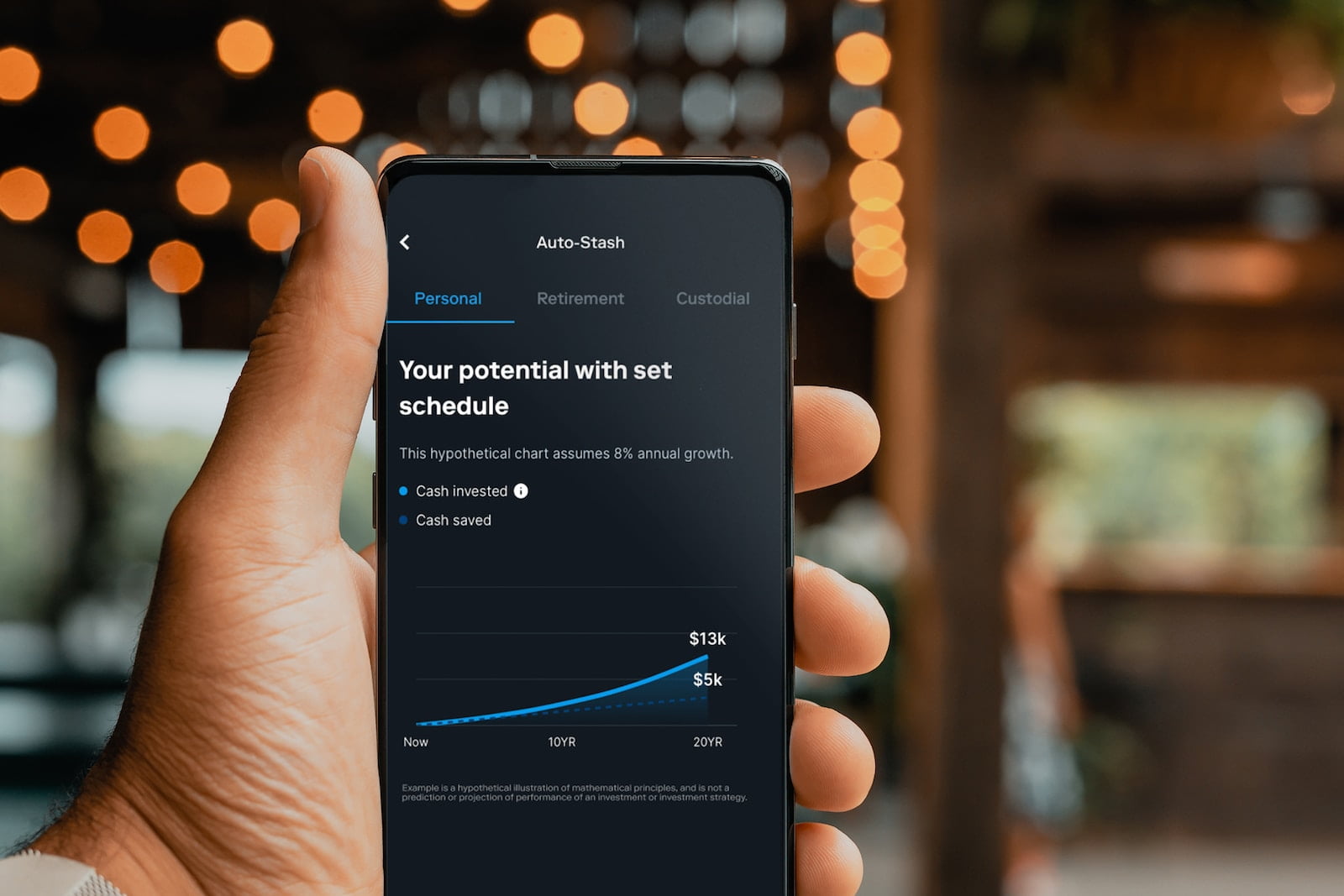Selecting the right trading platform is a critical decision for traders and investors of all levels. Whether you’re a beginner just starting or an experienced trader looking to switch platforms, the choice you make can significantly impact your trading experience and success. In this article, we’ll explore the essential factors to consider when choosing a trading platform that aligns with your needs and goals.
**1. Trading Goals and Style:
Before diving into the technical aspects, it’s crucial to define your trading goals and style. Are you a day trader, a long-term investor, or somewhere in between? Your preferred trading style will influence the type of platform that suits you best.
Day Traders: Need a platform with advanced charting and real-time data for quick decision-making.
Swing Traders: Look for platforms with technical analysis tools and flexibility in trade execution.
Long-Term Investors: Seek platforms with a wide range of investment options, research tools, and portfolio management features.
2. User-Friendly Interface:
The platform’s interface should be intuitive and easy to navigate. A cluttered or confusing layout can lead to mistakes and frustration. Ensure the platform offers a user-friendly experience that matches your level of expertise.
3. Asset Availability:
Consider the range of assets the platform offers for trading. Some platforms specialize in specific markets (stocks, forex, cryptocurrencies, etc.), while others provide access to a broad spectrum of assets. Choose a platform that aligns with the assets you want to trade.
4. Research and Analysis Tools:
For informed decision-making, access to robust research and analysis tools is essential. Look for features such as real-time market news, technical indicators, charting tools, and fundamental analysis resources.
5. Execution Speed and Reliability:
The speed at which orders are executed can significantly impact your profitability, especially in fast-moving markets. Assess the platform’s track record for execution speed and reliability through user reviews and platform demonstrations.
6. Costs and Fees:
Trading costs, including spreads, commissions, and other fees, can eat into your profits. Compare the fee structure of different platforms and choose one that aligns with your budget and trading frequency.
7. Security and Regulation:
Safety should be a top priority. Ensure the trading platform is regulated by the appropriate authorities and employs robust security measures to protect your funds and personal information.
8. Mobile Accessibility:
In today’s fast-paced world, mobile accessibility is crucial. A trading platform with a mobile app allows you to monitor and execute trades on the go, providing flexibility and convenience.
9. Customer Support:
Prompt and responsive customer support can be a lifesaver when you encounter technical issues or have questions about the platform. Research the platform’s customer support options and response times.
10. Demo Accounts:
Many platforms offer demo accounts that allow you to practice trading with virtual funds. This is an excellent way to test a platform’s features and see if it aligns with your trading style before committing real capital.
11. Community and Social Features:
Some platforms offer social trading features, where traders can follow and learn from experienced traders. If you value social interaction and learning from others, consider platforms that offer these features.
12. Integration with External Tools:
If you use external tools like trading algorithms or third-party analysis software, ensure the platform supports integrations with these tools.
Conclusion
Selecting the right trading platform is a pivotal step in your trading journey. Take the time to evaluate your trading goals and style, compare platforms, and consider the factors mentioned above. By choosing a platform that aligns with your needs and preferences, you’ll set yourself up for a more successful and enjoyable trading experience. Remember that your choice of platform can evolve as your trading skills and goals change, so stay open to reevaluating your options in the future.

+ There are no comments
Add yours